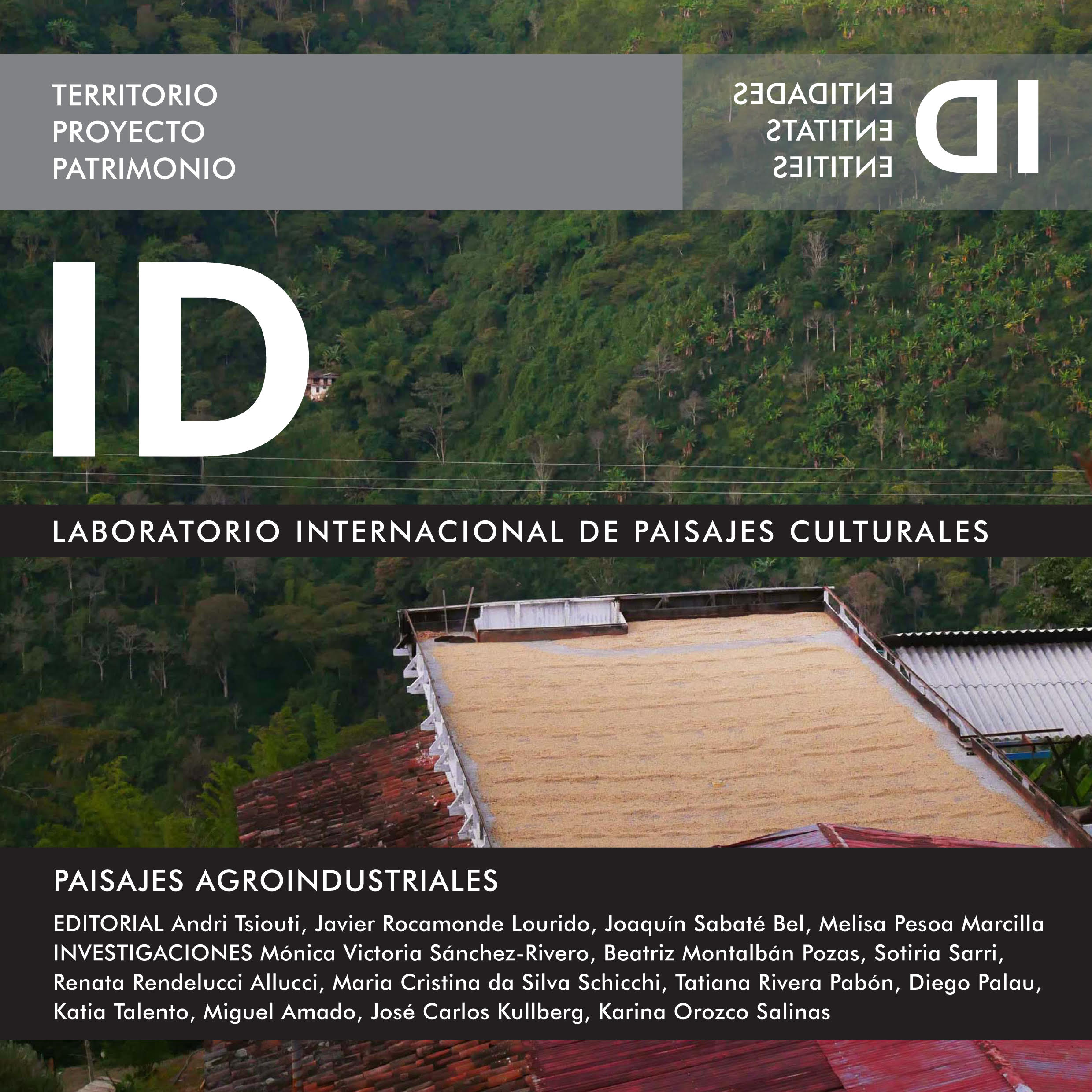PAISAJES CAFETEROS, REDES FÉRREAS Y PATRIMONIO INDUSTRIAL Configuraciones morfo territoriales de procesos productivos locales en el Paisaje Cultural Cafetero colombiano [COFFEE LANSCAPES, RAILWAY NETWORKS AND INDUSTRIAL HERITAGE Morpho-territorial configurations of local productive processes in the Colombian Coffee Cultural Landscape]
DOI:
https://doi.org/10.5821/identidades.10264Resum
El trabajo confronta la delimitación territorial fragmentada y el enfoque rural de la declaratoria Unesco del Paisaje Cultural Cafetero, proponiendo un análisis más amplio del paisaje regional como un sistema espacial complejo. Este es configurado por las relaciones funcionales, estructurales y morfológicas establecidas en los diferentes subsistemas que soportan el proceso de producción cafetero: desde la plantación rural a la industrialización urbana y al comercio portuario. Se defiende la hipótesis de que la ferrovía desactivada, como elemento estructurante y modernizador del territorio agroproductivo, tiene aún un potencial articulador en las relaciones campo-ciudad a escala local, metropolitano y regional, y en la integración de un valioso, pero poco explorado patrimonio industrial cafetero que debe ser incluido en los procesos de planificación del paisaje. A partir del mapeamento de las transformaciones del paisaje a lo largo de las antiguas líneas férreas de la ciudad de Pereira, se identifican y analizan unidades morfo territoriales y tipologías de patrimonio industrial que dan cuenta de la evolución técnica en la cadena productiva y dotan al paisaje cafetero de un mayor sentido de unidad, historicidad y dinamismo.
Palabras clave: paisaje cafetero, patrimonio industrial, ferrovía, proceso productivo, unidad morfo territorial.
ABSTRACT
The work confronts the fragmented territorial delimitation and the rural approach of the Unesco declaration of the Coffee Cultural Landscape, proposing a broader analysis of the regional landscape seen as a complex spatial system. This system is configured by the functional, structural and morphological relationships present in the different subsystems that support the coffee production process: from the rural plantation to the urban industrialization and the trading port. We suggest the hypothesis that the deactivated railroad, as a modernizing and structuring element of the agroproductive territory, preserves an articulating potential of the urban-rural relations at local, metropolitan and regional scales, and in the integration of a forgotten but valuable coffee industrial heritage that must be considered in the landscape planning processes.
Following the mapping of the landscape transformations along the old railway lines of the city of Pereira, we identify and analyze some morphoterritorial units and typologies of the industrial heritage that account for the technical evolution of the productive chain and give to the coffee landscape a greater sense of unity, historicity and dynamism.
Keywords: Coffee landscapes, railway, industrial heritage, production process, Morpho-territorial Unit
Descàrregues
Publicades
Número
Secció
Llicència
Aquellos autores/as que tengan publicaciones con esta revista, aceptan los términos siguientes:
- Los autores/as conservarán sus derechos de autor y garantizarán a la revista el derecho de primera publicación de su obra, el cuál estará simultáneamente sujeto a la Licencia de reconocimiento de Creative Commons CC BY-NC-ND- 4.0 que permite a terceros compartir la obra siempre que se indique su autor y su primera publicación esta revista, pero no se pueden cambiar ni se pueden utilizar comercialmente.
- Los autores/as podrán adoptar otros acuerdos de licencia no exclusiva de distribución de la versión de la obra publicada (p. ej.: depositarla en un archivo telemático institucional o publicarla en un volumen monográfico) siempre que se indique la publicación inicial en esta revista.
- Se permite y recomienda a los autores/as difundir su obra a través de Internet (p. ej.: en archivos telemáticos institucionales o en su página web) antes y durante el proceso de envío, lo cual puede producir intercambios interesantes y aumentar las citas de la obra publicada. (Véase El efecto del acceso abierto).













